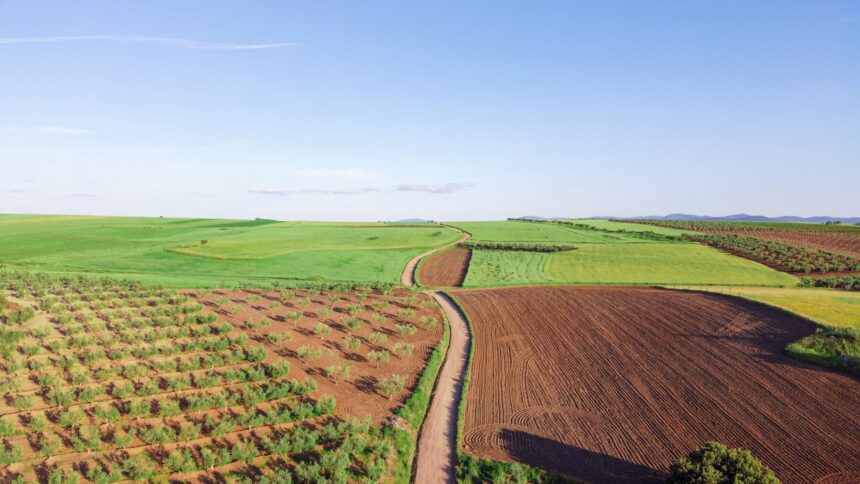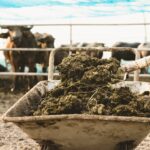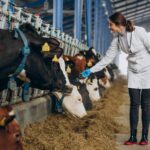In the rich agricultural landscapes of Mpumalanga, small-scale farmers are constantly searching for practical, affordable ways to boost yields and protect their land. One age-old farming practice is proving to be a modern-day game-changer: crop rotation. Though it’s been used for centuries, many smallholder farmers are only beginning to tap into its full potential. When done correctly, crop rotation can transform the health of your soil, reduce pests, and increase productivity without relying on expensive chemical inputs.
At its core, crop rotation is the practice of planting different types of crops on the same land in a planned sequence over several growing seasons. Instead of growing maize on the same plot year after year, for example, a farmer might alternate between maize, legumes, and root vegetables. Each crop interacts differently with the soil and brings its own benefits, helping to create a more balanced and resilient farming system.
One of the biggest benefits of crop rotation is improved soil fertility. In Mpumalanga, where many small farms rely on limited fertilizer use, rotating crops like cowpeas or groundnuts with cereals can naturally replenish vital nutrients. Legumes are especially valuable because they fix nitrogen in the soil, reducing the need for synthetic fertilizers and setting up the next crop for success.
Crop rotation also plays a critical role in pest and disease control. When the same crop is planted repeatedly, it creates a perfect environment for pests and diseases that thrive on that crop to build up season after season. Rotating crops breaks this cycle. By changing the type of plant growing in a field, farmers make it harder for these pests and diseases to survive, cutting down the need for costly pesticides and reducing crop loss.
Weed control is another underrated benefit. Different crops grow at different rates and cover the soil in unique ways. Fast-growing cover crops like beans or pumpkins can suppress weed growth, reducing competition for water and nutrients. Over time, this leads to cleaner fields and healthier plants.
Crop rotation also helps with moisture management, which is especially important in parts of Mpumalanga that experience unpredictable rainfall. Deep-rooted crops like sweet potatoes or cassava can help loosen compacted soil, improving water infiltration and storage. This makes the farm more resilient during dry spells and helps reduce soil erosion during heavy rains.
For small-scale farmers with limited land, planning a rotation may seem challenging at first. But even simple two- or three-year rotations can make a significant difference. For example, a farmer might plant maize in the first year, followed by beans in the second, and then cabbage or spinach in the third. This kind of system is manageable on small plots and offers clear benefits season after season.
Local agricultural extension officers and cooperatives can help farmers in Mpumalanga design rotation plans that match their soil types, climate, and market demands. It’s also a good idea to keep basic records of what was planted where and how each crop performed. This helps in planning future seasons and avoiding mistakes.
With input costs rising and climate conditions becoming more unpredictable, crop rotation offers a smart, low-cost way for small farms to boost their resilience and productivity. It’s not about reinventing the wheel—it’s about using time-tested techniques in smarter, more intentional ways.
For smallholder farmers in Mpumalanga, adopting crop rotation could be the key to unlocking healthier soils, stronger harvests, and long-term sustainability. It’s a simple shift with powerful results, and the best time to start is now.
Join 'Farmers Mag' WhatsApp Channel
Get the latest Farming news and tips delivered straight to your WhatsApp
CLICK HERE TO JOIN






